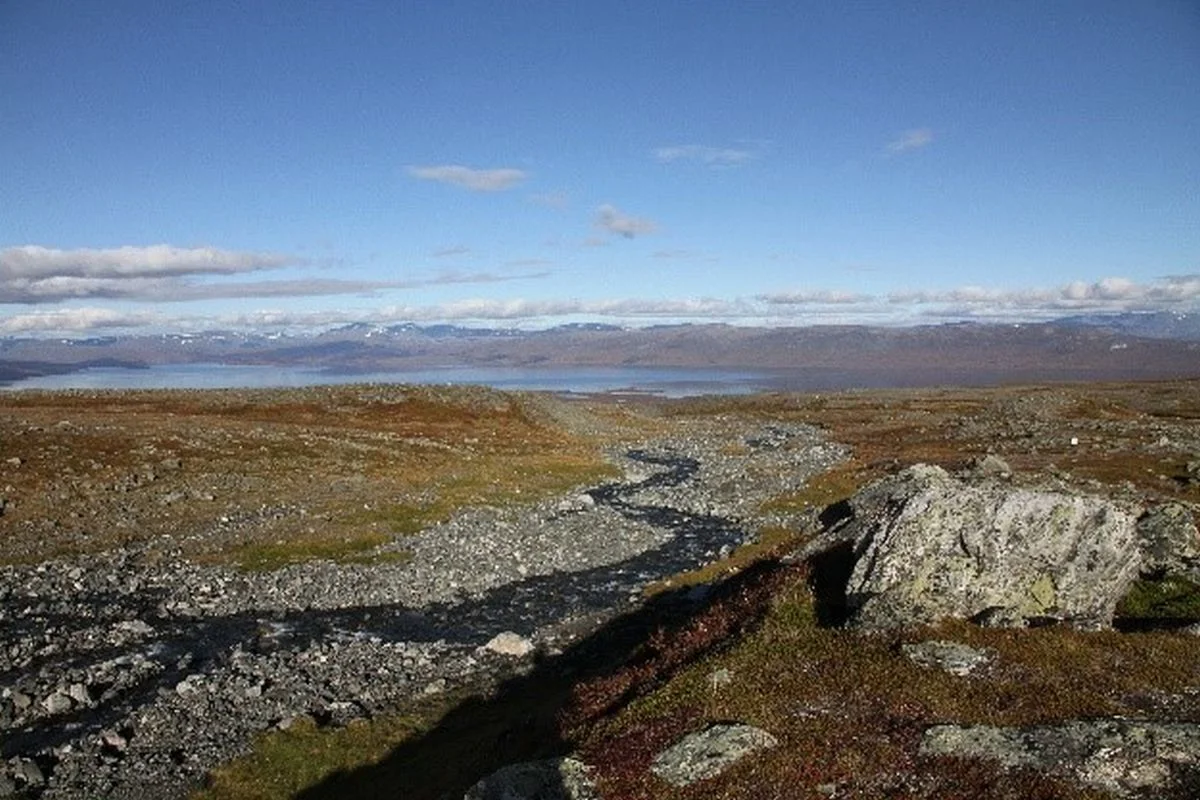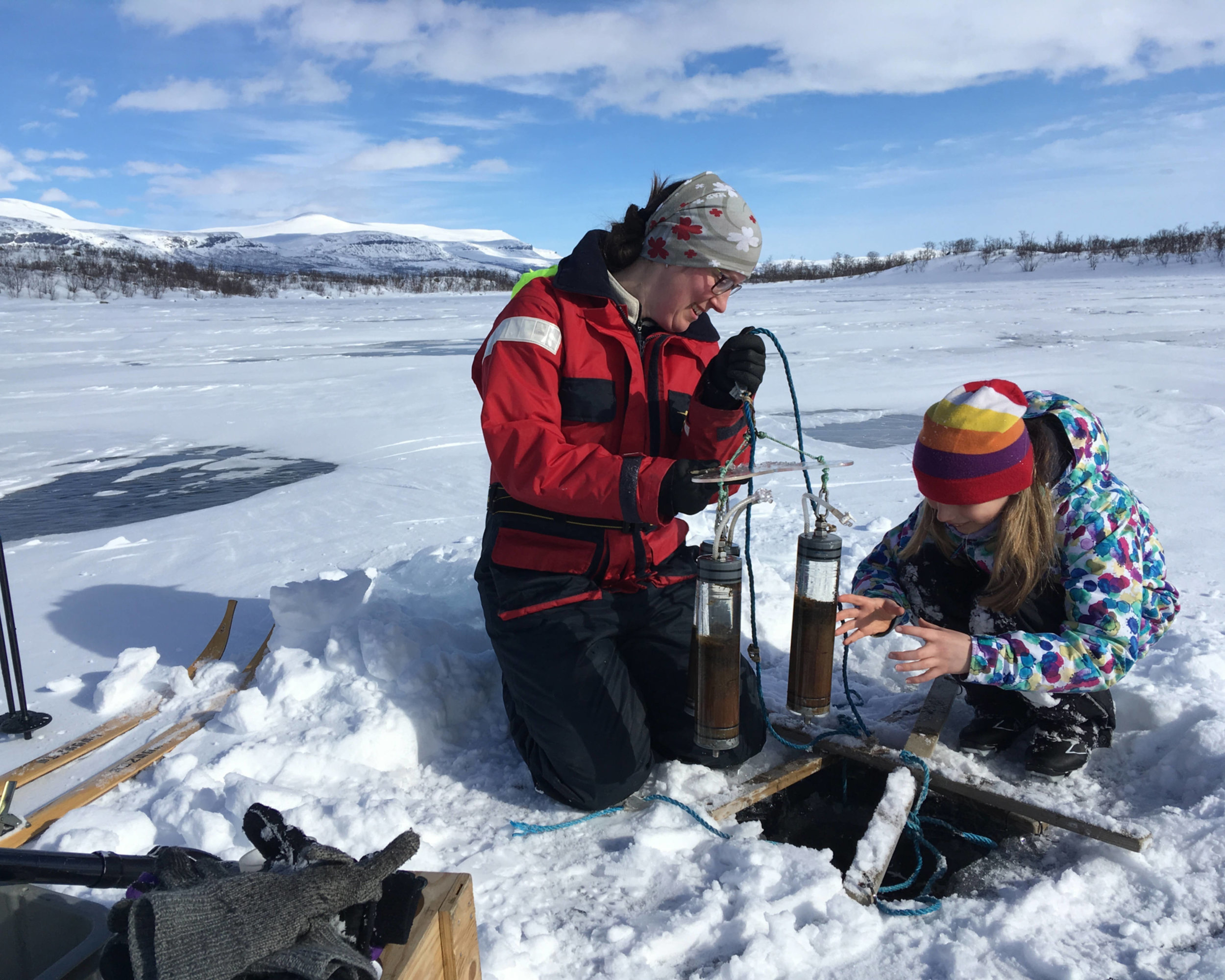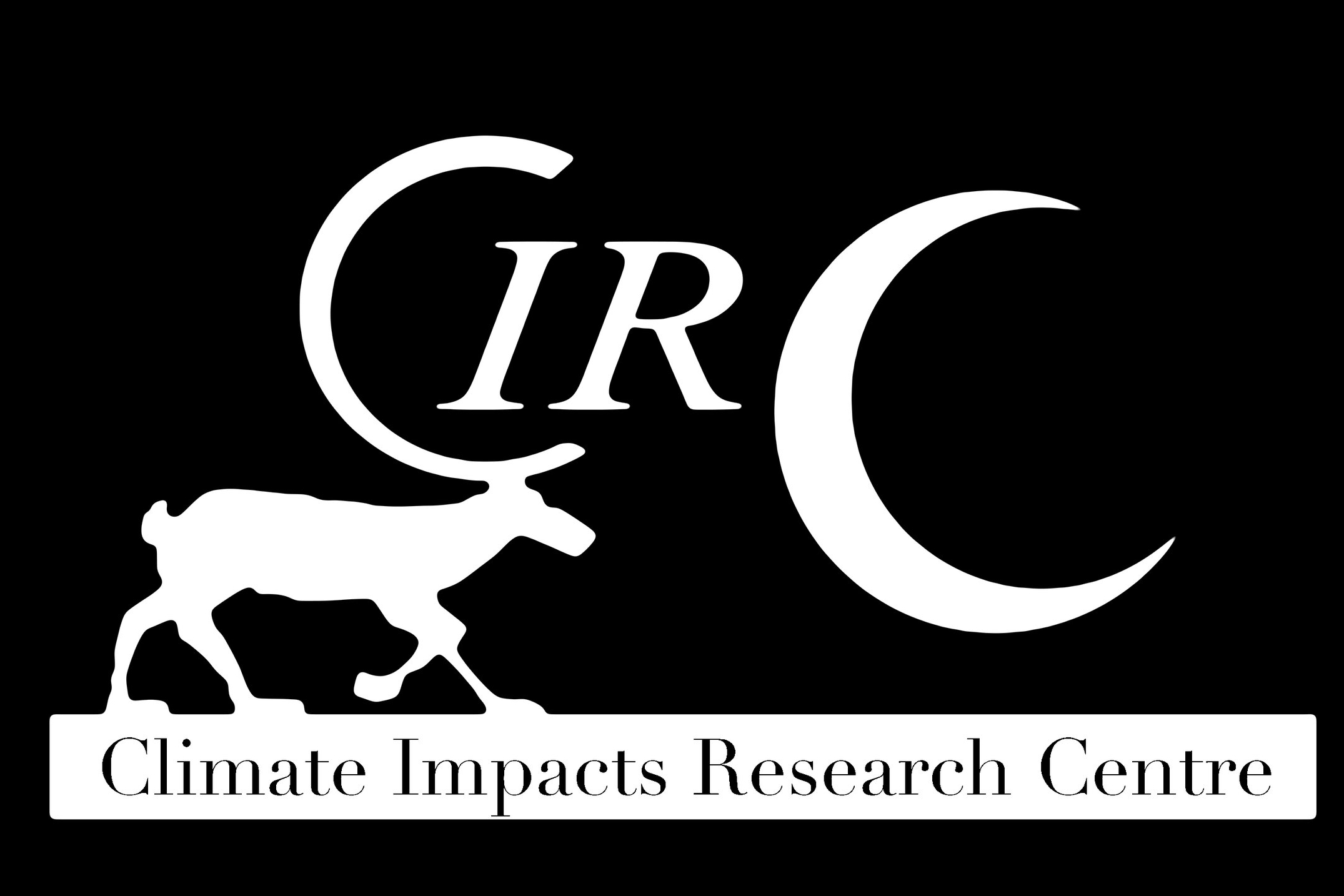The aim of this project is to disentangle the effects of climate warming and land use over the last century on Arctic vegetation.
Global change depletes pelagic food webs in northern lakes (Web4Food)
The project will assess the extent to which global change has affected the availability of key nutrients (N, phosphorus (P)) and Ca), and phytoplankton nutrient limitation regimes, in oligotrophic Fennoscandian and North American lakes, and assess the consequences of these changes on phytoplankton and zooplankton.
An integrative framework for understanding and predicting the role of inland waters in the carbon cycle
Using field data and modeling we test the hypothesis that greenhouse gas emission, carbon burial in sediments, and carbon export downstream vary depending on the climatic conditions and the structure of the water network.
Using unmanned aerial vehicles and artificial intelligence to quantify ant impact on the Arctic ecosystem carbon dynamics
This project aims to increase our understanding of how wood ants will influence carbon storage in soil and how climate change will affect their distribution in Arctic ecosystems, building on detailed studies of ants, soil, and vegetation interactions in mountain heaths and mountain forests in the Abisko region.
'Impacts of climate change on lake ecosystems in the Swedish arctic
The project aims to fill significant gaps in our knowledge of how lake ecosystems function at large-scales for understanding how climate will respond to the projected anthropogenic forcings.
Syntheses of decomposition and respiration responses across space and time
This postdoc project aims to investigate how climate warming affects the three sequential phases of organic carbon decomposition on a regional (arctic) to global scale, and compare the importance of direct and indirect (vegetation, microbial) mechanisms.
Plant responses to 100 years of climate change in the Swedish Arctic
Plant responses to 100 years of climate change in the Swedish Arctic
Project Summary
An overwhelming number of studies have documented a wide range of plants and animals shifting their ranges and the timing of key events in their lives due to climate change. For example, migratory birds arrive earlier to their breeding grounds and flowering dates of plants occur earlier due to the increasing length of the growing season at higher latitudes. Here we also see treelines shifting and tall shrubs expanding, thus greening the landscape where fundamental changes create feedbacks to our climate system.
In Arctic and alpine regions, climate change occurs twice as fast as the global average. These changes are large, but how can we know/anticipate which species have the capacity to adjust to the observed rates of change, and if so, how? In light of the potential large-scale changes to species, communities and ecosystems, the costs and risks to the ecological services they provide humanity are enormous.
...Tracking changes in plant distributions and phenology is a key way to test ecosystem resistance to climate change. Phenology is nature’s calendar, defined as the recurring annual events, for plants, leaf and flower development, and fruit and seed production. Plants provide a range of ecosystem services, from agricultural products to forage for reindeer and timber, and play a vital role in the carbon cycle. Thus, detecting the fingerprints of climate change in plant communities is vital for society. For plants, there are four possible responses to climate change:
- Phenology: plants adjust the timing or duration of their phenology, for example, leaf-out or flowering, to match the climate conditions necessary for survival and reproduction
- Dispersal: species migrate or track the climate they are adapted to upslope or in latitude
- Dynamic: plants adjust both the timing of phenology and dispersal
- Decline: persistence with little or no reproduction or local extinction
Like all futuristic scenarios of planetary change, these responses are easy to conceive but impossible to test until they actually happen, after which it may be too late for us to respond – an agonizing dilemma that faces all societies at the cusp of great changes. H.G. Wells toyed with this dilemma in his book “The Time Machine” – what if we only knew what will happen?
In this study, we possess such a rare opportunity, a time machine of sorts, to actually witness and describe how plant species have responded to change – focusing on the four above responses – in some of the world’s most sensitive systems where change is predicted to be greatest – the Arctic and alpine region of Sweden. Here, we have detailed data on phenology and dispersal responses of 140 species along an elevational gradient straddling the Arctic-Boreal biomes and the forest-alpine ecotone. Our data begin in the early 1900s with a detailed three-year study of plant phenology and a weather station that has monitored environmental variables continuously since its establishment in 1913. Remarkably, 100 years later, we have the unique opportunity to resume this work in the exact same plots. Further, the phenology data is not restricted to single events, such as leaf-out or flowering, but covers the entire annual cycle of phenological events for all 140 species, making this a globally unique study.
Our results will reveal how plants have responded to significant climate changes in the far north of Sweden. Further, we will use the properties of the annual woody growth in trees and shrubs along our gradient to reconstruct their responses to climate change, calibrated to the local climate data, over the last century. We then ask how local conditions in topography, soils and microclimate can buffer plant species and communities from change. By combining, these methods we will not only study the responses for an entire Arctic and alpine plant community to a century of significant climate warming, but also assess the mechanisms, knock-on effects, and feedbacks.
Are these mountain landscapes resilient or does global warming overwhelm these systems, shifting patterns of diversity vital to functional ecosystems that provide services to northern communities? Our work has biological and societal significance, from policy makers to tourists, reindeer herders and a broad range of communities throughout the Swedish mountains where changes in ecosystems are likely to increase conflicts between stakeholders.
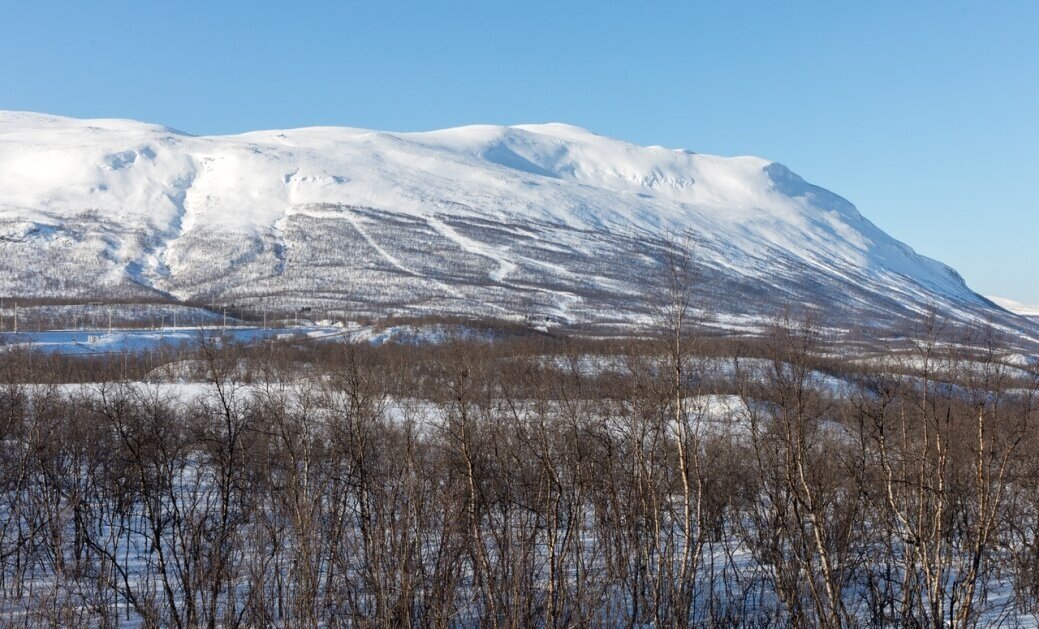
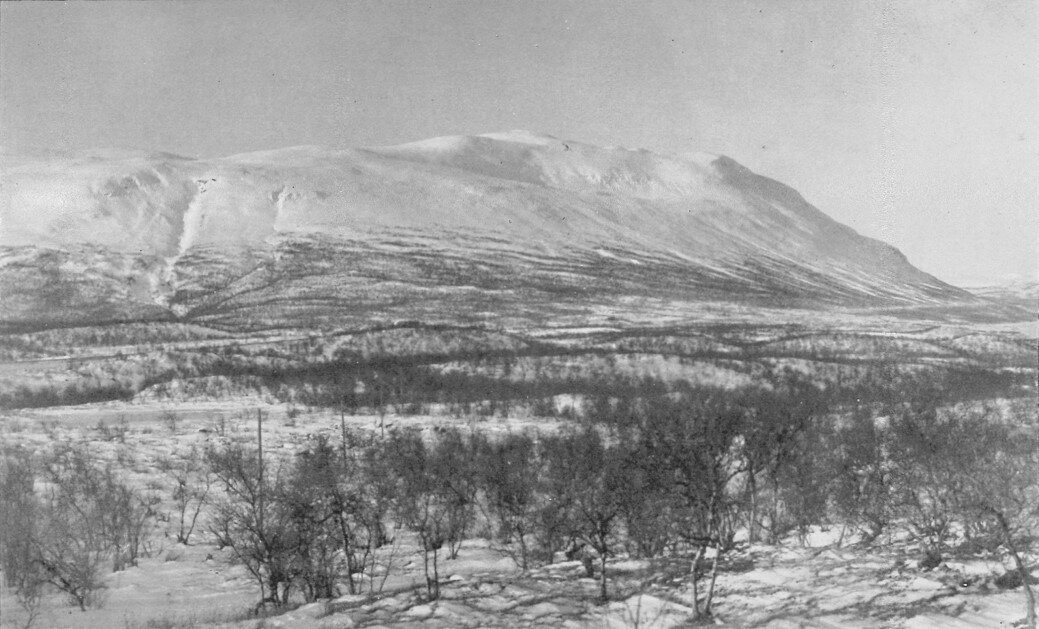
Figure. Nuolja taken from the Abisko Scientific Research Station. Top: taken on 21 February 2017 by Oliver Wright; Bottom: taken on 21 February 1925 by Carl G. Alm
Theses and Publications
Peer-reviewed Publications
MacDougall, A. S. et al. Comparison of the distribution and phenology of Arctic Mountain plants between the early 20th and 21st centuries. Global Change Biology 27, 5070–5083 (2021). https://onlinelibrary.wiley.com/doi/abs/10.1111/gcb.15767
Master’s Theses
Svedin, J. (2022) Individual Trait Matching of Bumblebees (Bombus) and flowers along an environmental gradient. [Umea University, Master’s Thesis]. Click here to download.
Al-Hayali, A. (2022) Do bumblebees partition an elevational gradient by body size? [Umea University, Master’s Thesis]. Click here to download.
Bachelor’s Theses
Schäfer, A. (2019) Changes in arctic plant communities along an altitudinal and temporal gradient in Northern Sweden. [University of Greifswald, Bachelor’s Thesis] Click here to download.
Raker, P. (2020) The influence of orography on species composition and phenology at mountain summits of Nuolja and Slåttatjåkka, Sweden. [University of Greifswald, Bachelor’s Thesis] Click here to download.
Big or small fish for harvesting? Effects of ontogenetic habitat shifts and bottlenecks in recruitment
Targeting managers of trout populations, the project will provide tools to predict how different brown trout populations respond to different levels of fishing mortality and different management interventions.
Living soils in the future arctic: Impacts of decomposer interactions on carbon emissions from a micro- to landscape scale
The arctic region not only provides us with beautiful sceneries that sustain reindeer husbandry and harbour unique biodiversity; it provides one of its most important services by storing about twice the amount of carbon that is currently in the atmosphere in its soils. Climate warming will most likely stimulate the release of a large part of the carbon from these soils, which may reinforce climate warming.
Can information preserved in old soils be used to predict future environmental change? Using ancient soil DNA to assess terrestrial ecosystem responses to environmental perturbations
This project aims to develop a new and more subtle proxy, soil ancient DNA, for paleo-ecological studies needed when understanding environmental change working beyond our contemporary monitoring programs.
The invisible carbon: an early indication of ecosystem change!
Streams are sensitive sentinels for environmental change by their integration of processes in terrestrial and aquatic systems. Upland headwater streams in the north Swedish tundra show seasonally exceptional high concentrations of uncolored dissolved organic carbon (DOC) and high carbon dioxide concentrations.
Tundra P - Phosphorus transformation across Pan-Arctic tundra ecosystems
Phosphorus (P) constrains the activity of plants and decomposers, and therefore carbon storage in many arctic ecosystems, yet our understanding of P availability in the tundra lags behind understanding of the carbon and nitrogen cycles.
Phosphorus efficient agriculture with arbuscular mycorrhizal fungi
Phosphorus (P) is an essential element for all living organisms, and without P we cannot produce food. Most P that is used in agriculture comes from mines in Northern Africa, which are about to be depleted.
Nutrient availability along two arctic successional gradients
Understanding how plant succession is influenced by climate warming is a key issue for understanding how arctic landscapes will change in the future. At high latitudes, low temperature drives disturbance and the consequent primary succession (e.g., cryoturbation, glacier advance and retreat).
Investigating drivers of litter carbon turnover in Arctic soils
Soils store massive amounts of C and are therefore important regulators of global climate. Consequently, efforts are made to understand what controls soil C storage.
LOREX (The Limnology and Oceanography Research Exchange)
The Limnology and Oceanography Research Exchange (LOREX) is a formal training and professional development program in international research collaboration in the aquatic sciences offered by the Association for the Sciences of Limnology and Oceanography (ASLO).
Teatime4science
Teatime4science
Emily Goldstein Museum
Project summary
Project website
Collaborators
Mariet Hefting, Utrecht University
Taru Sandén, Department for Soil Health and Plant Nutrition at the Austrian Agency for Health and Food Safety (AGES)
Joost Keuskamp, Biont Research
Funding
Vetenskapsrådet
Technical faculty of Umea university
Project Dates
2015 - 2019
Project Photos
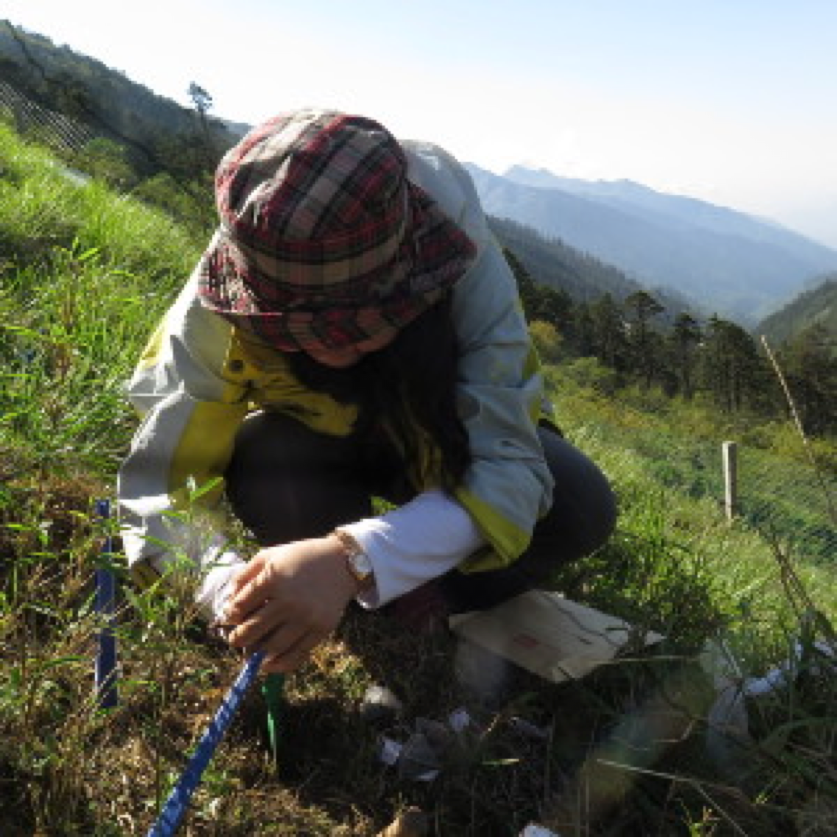
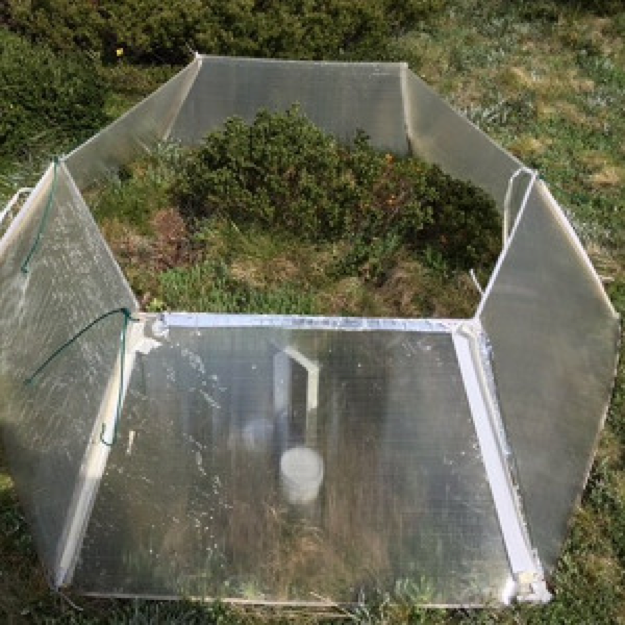

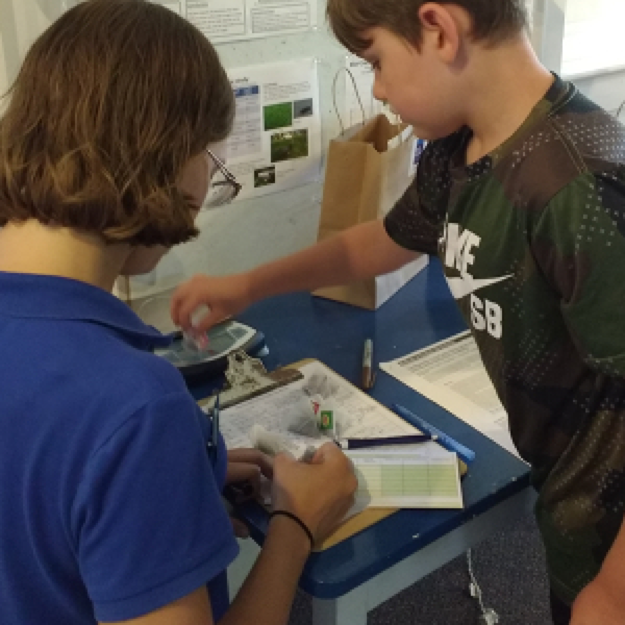
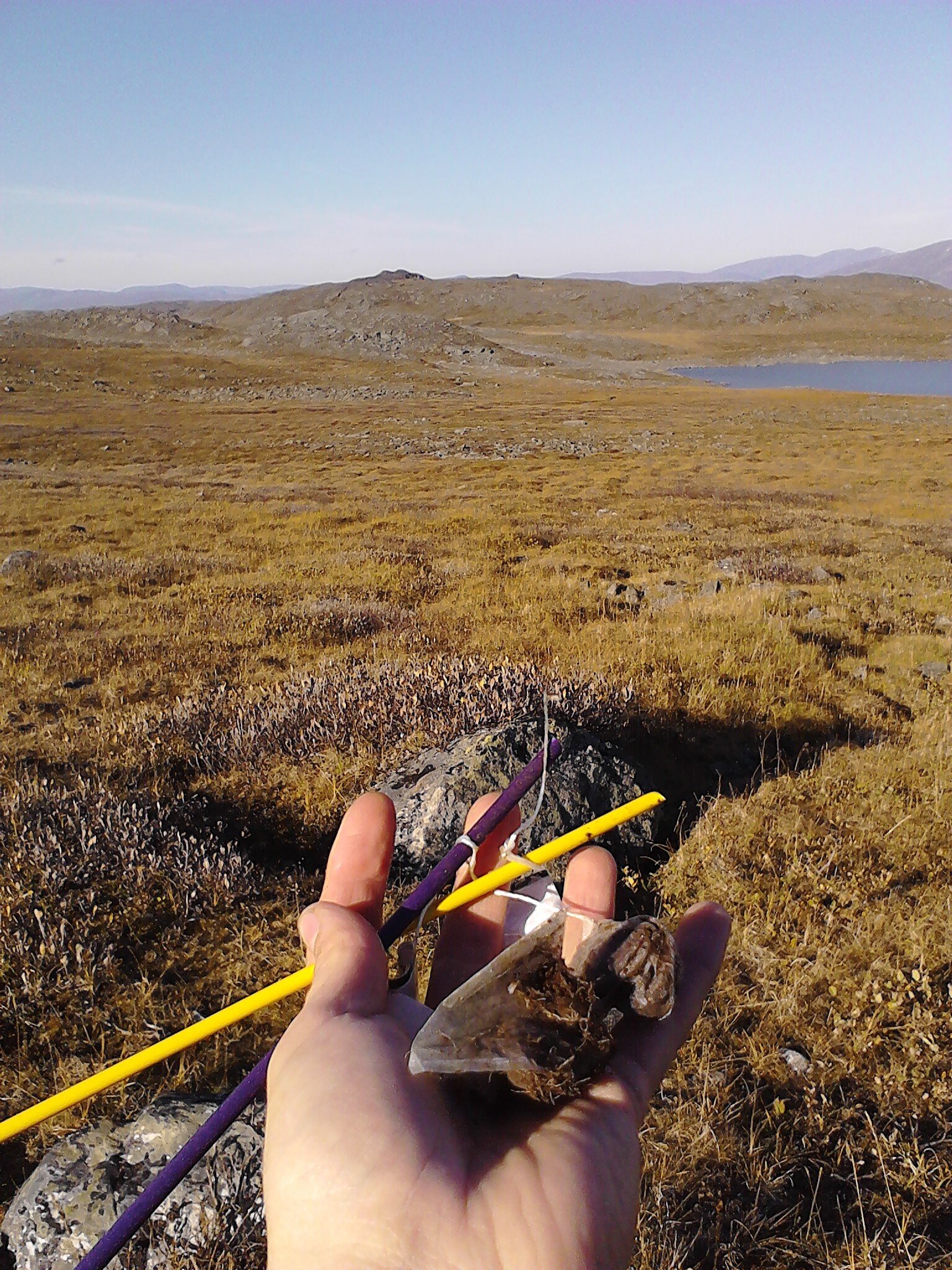

Changing ice-cover regimes in a warmer climate: Effects on northern aquatic ecosystems
Changing ice-cover regimes in a warmer climate: Effects on northern aquatic ecosystems
Ice Sampling at Lake Almberga
Project summary
Collaborators
Erin Hotchkiss, Virginia Polytechnic Institute and State University
Rolf Vinebrooke, University of Alberta
Funding
Formas
EcoChange
Project Dates
2017 - 2020
Benthic and pelagic production in coastal ecosystems of the northern Baltic Sea
The northern basins of the Baltic Sea are relatively shallow systems, implying that coastal processes can be of great significance to this area. It is likely that benthic primary production is an important part of the basal production in coastal ecosystems.
ALTER - Abisko Long-Term Ecological Research
An important way in which plants affect carbon storage is by their interactions with symbiotic soil fungi – mycorrhiza –, as they have a great ability to store carbon belowground, although the way in which they do this depends on the plant species. Changes in vegetation composition therefore will also determine which types of fungi can be found in the landscape.










